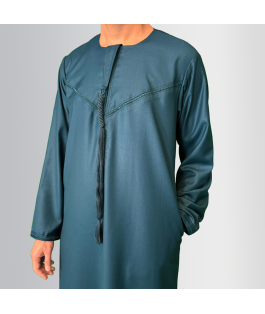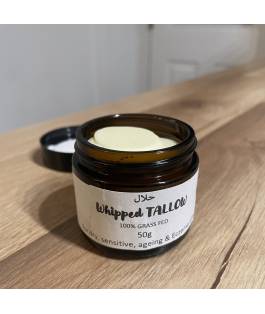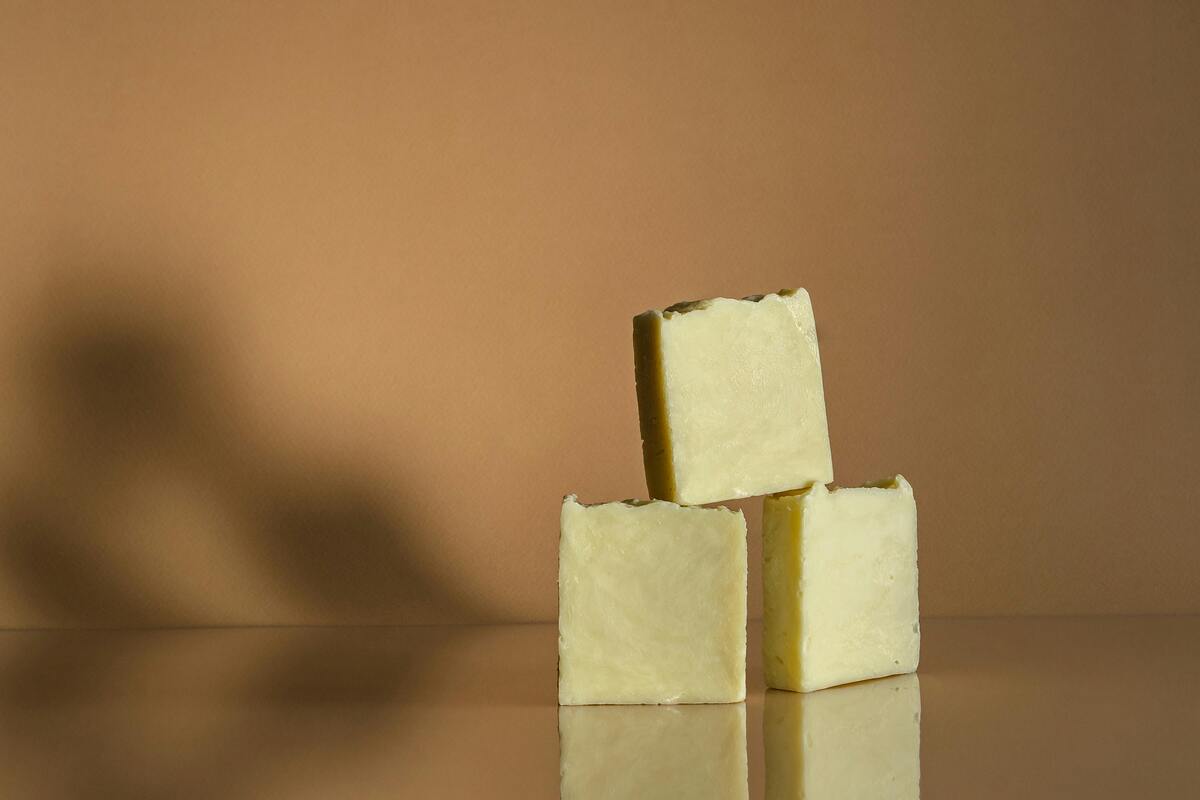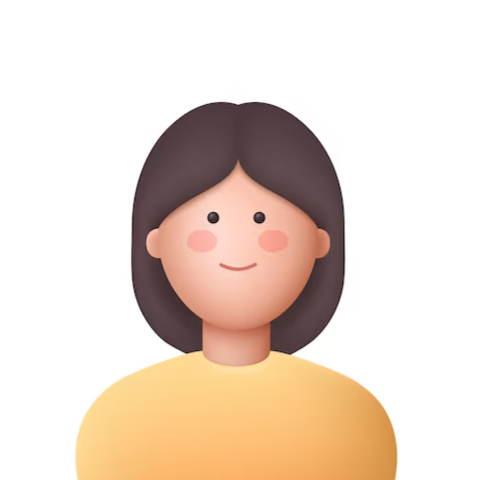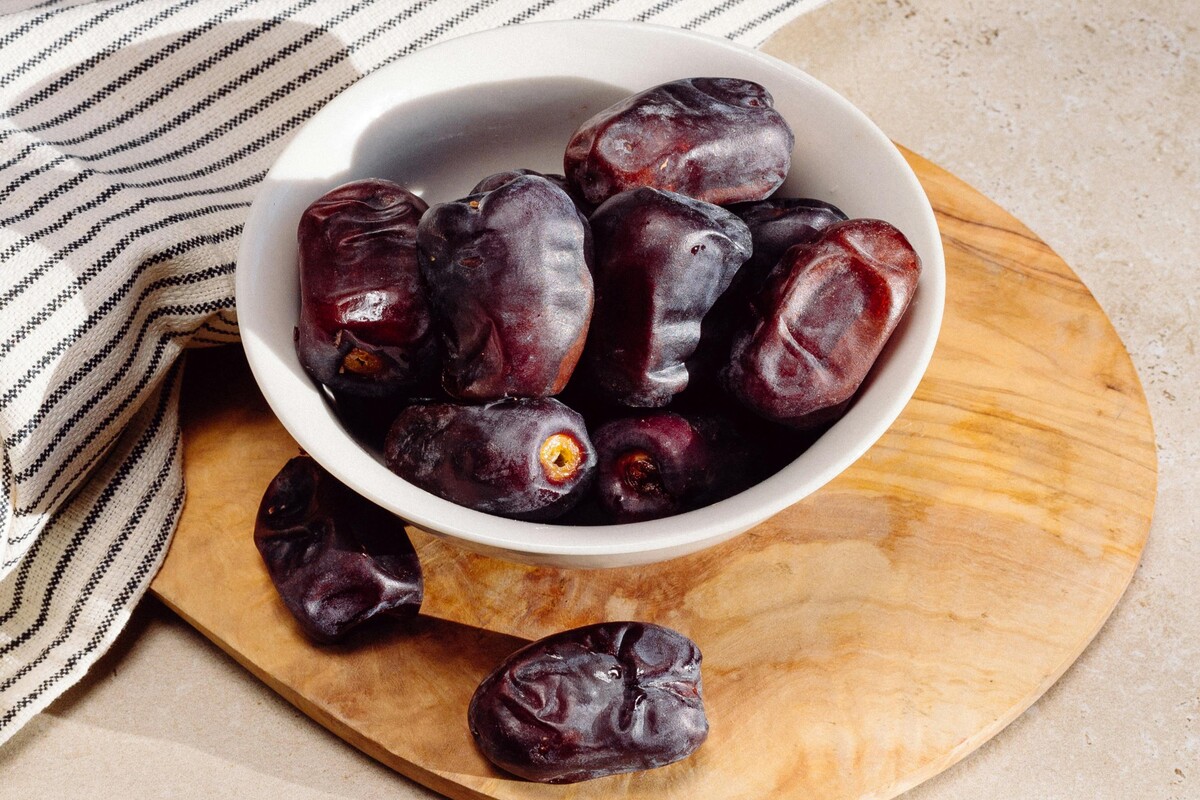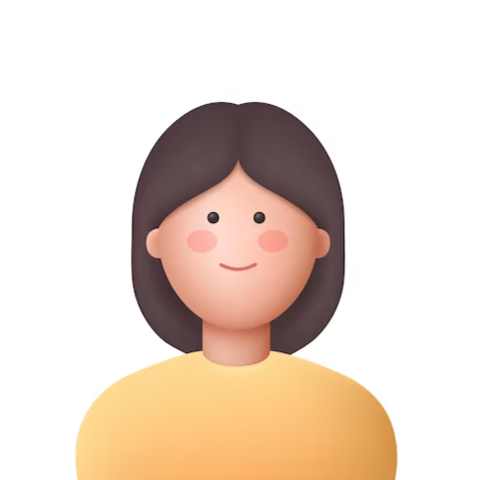Before Eid al-Adha, many Muslims buy goats or cows to be sacrificed. What is Qurbani? Why do Muslims perform it once a year on Eid al-Adha?
Definition of Qurbani

Qurbani is the yearly sacrifice of an animal to Allah during Eid al-Adha, which happens when Hajj ends. This sacrifice remembers Prophet Ibrahim (AS) who was ready to sacrifice his son Ismail (AS) because Allah told him in a dream. But Allah sent a ram to be sacrificed instead. By doing Qurbani, Muslims show that they are willing to give up anything for Allah and follow His commands.
In the Quran, the command for Qurbani is written:
“And for every people We have prescribed slaughtering (qurban), that they may mention the name of Allah for the sustenance which Allah grants them in the form of livestock. So your Lord is One Lord, so submit yourselves to Him. And convey (Muhammad) the good news to those who submit to Allah, (namely) those who when the name of Allah is mentioned their hearts tremble, those who are patient for what befalls them, and those who perform the prayer and those who spend some of the sustenance We grant them.”
(Surah Al-Hajj verse 34-35)
General Requirements for Qurbani

Before performing Qurbani, it's important to understand the essential requirements to ensure the sacrifice is valid and accepted in Islam. Below are the key criteria along with supporting Quranic verses and hadith:
1. Eligible Animals
Healthy animals
Al-Bara' ibn 'Azib (RA) reported: The Messenger of Allah (PBUH) was asked,
"What should be avoided in the sacrificial animals?" He gestured with his hand and said, "Four: A lame animal whose lameness is evident, a one-eyed animal whose one eye is evident, a sick animal whose sickness is evident, and an emaciated animal that no one would choose."
(Abu Dawood)
Full-grown animal
Jabir ibn Abdullah (RA) reported: The Messenger of Allah (PBUH) said,
"Sacrifice only a full-grown animal unless it is difficult for you, in which case you may sacrifice a lamb."
(Muslim)
From this, scholars have derived the specific criteria for the animals to be sacrificed: a goat or sheep must be at least one year old, a cow or buffalo must be at least two years old, and a camel must be at least five years old. These criteria ensure the animals are mature, providing sufficient meat for the Qurbani sacrifice.
2. Timing
Qurbani is performed after the Eid al-Adha prayer, over the three days of Eid al-Adha (the 10th, 11th, and 12th days of Dhul-Hijjah).
"The first thing we will do on this day of ours is to pray and then return to slaughter the sacrifice. Whoever does this has followed our tradition, and whoever slaughters before the prayer, it is just meat for his family, not a sacrifice."
(Bukhari)
3. Intention (Niyyah)
The person offering the Qurbani must make a clear intention to perform the sacrifice for Allah.
"The reward of deeds depends upon the intentions and every person will get the reward according to what he has intended."
(Bukhari)
4. Method of Slaughter
The animal must be slaughtered in accordance with Islamic guidelines, as Islam commands to consume halal meat.
"The Prophet (PBUH) sacrificed two rams, white with black markings. He slaughtered them with his own hands and mentioned the name of Allah and said Takbir (Allah is the Greatest)."
(Bukhari & Muslim)
5. Distribution of Meat
The meat from the sacrificed animal should be divided into three parts: one-third for the person offering the Qurbani and their family, one-third for friends and relatives, and one-third for the poor and needy.
"Eat from them and feed the miserable and poor."
(Surah Al-Hajj, verse 28)
6. Eligibility of the Person Offering Qurbani
Every adult Muslim who meets the Nisab threshold (minimum amount of wealth) is required to perform Qurbani. If you want to know your Nisab threshold, you can calculate it here.
“And proclaim to the people the Hajj [pilgrimage]; they will come to you on foot and on every lean camel; they will come from every distant pass - That they may witness benefits for themselves and mention the name of Allah on known days over what He has provided for them of [sacrificial] animals. So eat of them and feed the miserable and poor."
(Surah Al-Hajj, verse 27-28)
What are the rules for a husband and wife?
According to Islamic Relief, husband and wife can share one Qurbani animal.
If a husband and wife have enough wealth, they should each do Qurbani. But the husband can do it for his wife if she doesn't have enough money. They can also share one animal together.
Different Muslims have different ideas about cutting hair and nails before Qurbani. Some think it's good to do, while others think it's necessary.
Conclusion
Qurbani, performed during Eid al-Adha, commemorates Prophet Ibrahim's (AS) willingness to sacrifice his son in obedience to Allah. This sacrifice symbolizes a Muslim's readiness to give up anything for Allah.
Key requirements for Qurbani include choosing healthy animals, performing the sacrifice after the Eid prayer, making the right intention, following Islamic slaughter methods, and distributing the meat among family, friends, and the needy.
Sell with Riwaya
Are you a seller of Islamic products looking to reach a global audience of discerning buyers?
Join Riwaya today and become part of a vibrant community dedicated to promoting Islamic culture and heritage worldwide. Let us help you connect with customers who share your passion for excellence and authenticity in Islamic products.

































